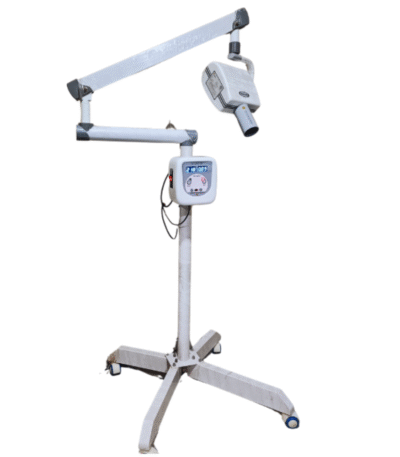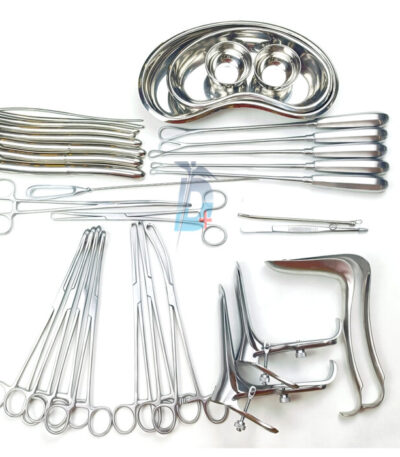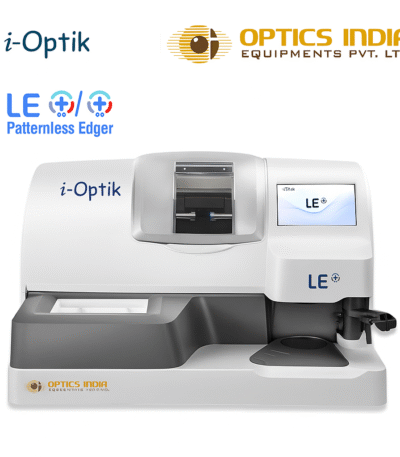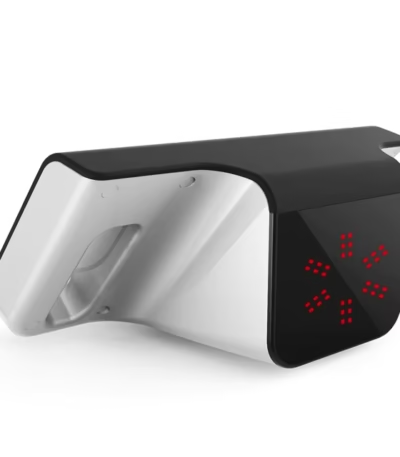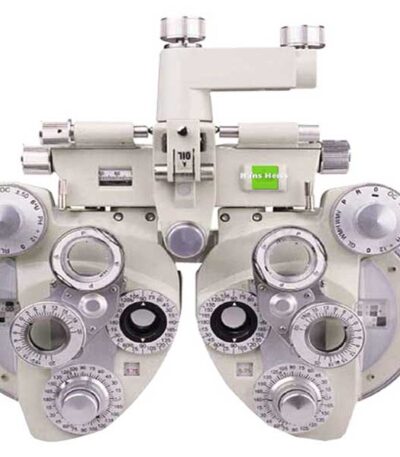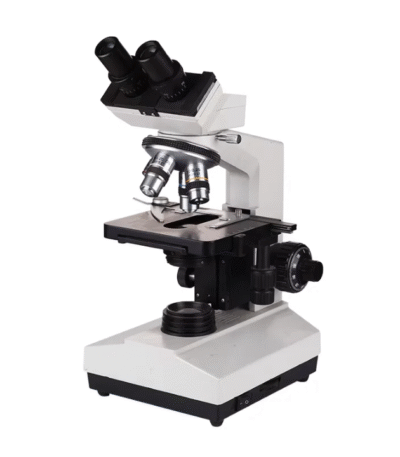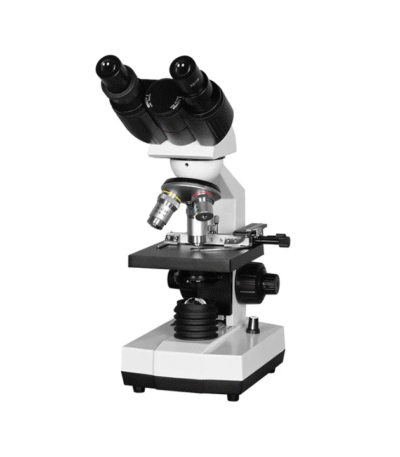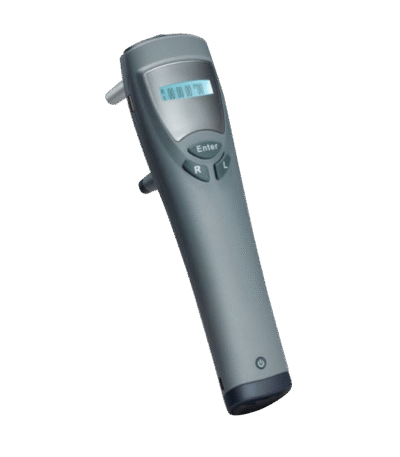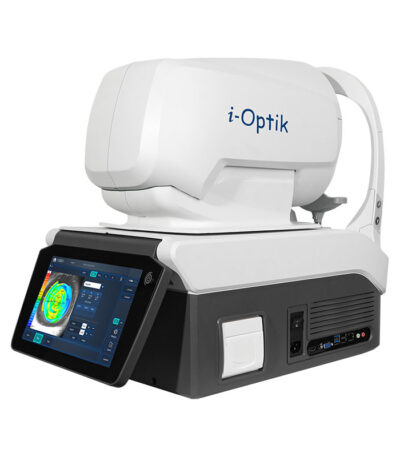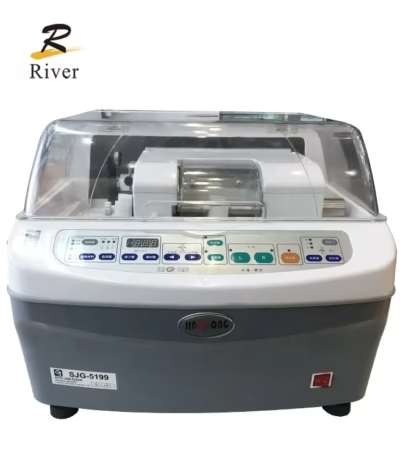Filter by price
Stock status
Showing 13–24 of 569 results
A Dental X-Ray Machine (IOPA) with Film Processor
A Dilation and Curettage (D & C) Surgical Set
Key Components and Their Functions:
-
Uterine Sound – Measures the depth and orientation of the uterus.
-
Cervical Dilators (Hegar or Pratt Dilators) – Used to gradually dilate the cervix for uterine access.
-
Uterine Curettes (Sharp and Blunt) – For scraping and removing tissue or debris from the uterine walls.
-
Tenaculum Forceps (Single/Double Tooth) – Used to grasp and stabilize the cervix during the procedure.
-
Vulsellum Forceps – Helps in holding the cervix or uterus firmly.
-
Sponge Holding Forceps – Used for cleaning and applying antiseptics inside the vagina.
-
Artery Forceps (Curved and Straight) – For clamping small blood vessels to control bleeding.
-
Scissors (Mayo, Metzenbaum) – Used for cutting sutures or soft tissue.
-
Speculum (Cusco or Sims) – Opens the vaginal canal for visualization and access to the cervix.
-
Bowls and Kidney Dishes – For collecting samples or fluids during the procedure.
A FULLY AUTO EDGER LE 2.0 PATTERNLESS
A General Set Major
Below is a description of the typical components included:
1. Cutting and Dissecting Instruments
-
Scalpel handles (No. 3 & 4) – for attaching surgical blades.
-
Metzenbaum scissors – for delicate tissue dissection.
-
Mayo scissors (straight and curved) – for cutting sutures and tough tissue.
-
Bone cutting forceps or rongeur (optional) – for cutting small bone fragments.
2. Grasping and Holding Instruments
-
Tissue forceps (with and without teeth) – for holding skin and tissue.
-
Allis tissue forceps – for firmly grasping soft tissue.
-
Babcock forceps – for delicate structures like intestines or fallopian tubes.
-
Kocher (Ochsner) forceps – for tough tissue or fascia.
3. Clamping and Occluding Instruments
-
Artery forceps (Mosquito, Kelly, Crile, Rochester-Pean) – for hemostasis (controlling bleeding).
-
Right angle (Mixter) forceps – for passing ligatures around vessels.
-
Towel clamps (Backhaus) – for securing drapes.
4. Retracting and Exposing Instruments
-
Langenbeck retractors – for small incisions.
-
Deaver retractors – for deep cavity retraction.
-
Richardson retractors – for abdominal wall exposure.
-
Rake retractors – for superficial retraction.
5. Suturing and Stapling Instruments
-
Needle holders (Mayo-Hegar, Olsen-Hegar) – for suturing.
-
Suture scissors – for cutting suture material.
6. Suction and Miscellaneous Instruments
-
Yankauer or Poole suction tube – for aspirating fluids.
-
Towel clips – to hold sterile drapes.
-
Bowl set (kidney dishes, round bowls) – for holding saline or instruments.
-
Instrument tray (sterilizable) – for organizing the set.
A GROVING MACHINE
A HANDHELD REFRACTOMETER AI-OPTIC
A MANUAL PHOROPTER
A Microscope (CX 107)
A NEAR LED TABLE CHART
A REBOUND TONOMETER SW500
A REFRACTION / VX105 MULTI-FUNCTION AUTO EYE TESTING INSTRUMENT
A Semi-Auto Edger Machine
Key Features:
-
Lens Shaping: Precisely cuts and polishes the edges of ophthalmic lenses (plastic or glass) to match the frame shape.
-
Tracing System: Some models include a frame tracer that scans the lens shape before edging.
-
Beveling: Creates grooves or bevels for mounting lenses into frames securely.
-
Adjustable Speed & Pressure: Allows customization according to lens material and thickness.
-
Water Cooling System: Prevents overheating of the lens during edging.
-
User Control: Operator manually sets parameters such as size, bevel position, and edge style.
Applications:
-
Used in optical workshops and hospitals for lens finishing.
-
Suitable for ophthalmic technicians and opticians making prescription glasses.
Advantages:
-
Cost-effective compared to fully automatic models.
-
Provides better manual control for delicate or customized work.
-
Produces accurate, smooth-edged lenses with minimal risk of damage.

